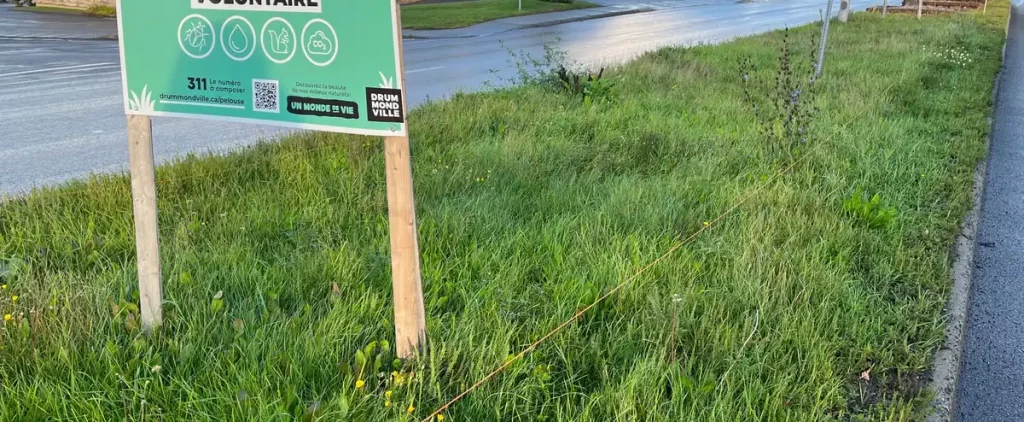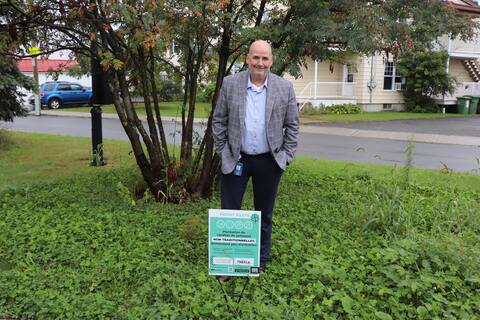
The city of Drummondville hopes to make permanent a pilot project it launched last June to find alternatives to traditional grass, saying it found the initiative well-received by the population.
“There is a craze! “We receive many emails from people who want to know the types of seeds used,” said Roger LeBlanc, director of the Department of Environment at the City of Drummondville.
Since June, blue-collar workers have stopped mowing lawns in designated areas and planted a variety of non-traditional lawns that are less demanding and attractive to pollinating insects.
This innovative method of managing pastures by giving free rein to flowering with as little human intervention as possible, such as watering, mowing and the use of fertilizers or pesticides, is called “differential management”. Aiming for a better ecological balance, this method requires less maintenance.
Thanks to this pilot project, the City of Drummondville plans to reduce municipal grounds maintenance costs by 20% by 2025.
“The results are very conclusive. This will be a permanent project,” declared the director.
Not a mess
Grass grew slightly this summer at the experimental sites, especially in areas corroded by embankments and de-icing salt. A wide variety of species such as chicory and wild strawberries, lucerne alfalfa or common milkweed have naturally taken up residence in these areas.
“It doesn’t look messy!” Mr. LeBlanc assured that he had not received any negative comments from citizens.
He closely followed a similar initiative recently undertaken in Sherbrooke, where the integration of floral elements into sites targeted by voluntary cutting bans was well suited to social acceptance.
“Among lawns, clover in shades of white to pink and bright yellow bird’s-foot trefoil are spectacular in summer,” says Melanie Dallaire, public relations officer for the City of Montreal. Metropolis is a pioneer in terms of “differentiated management” in Quebec.
In Drummondville, trials will continue to select the best seed mixes based on site, soil type or season, as the city hopes to make them available to the public for free within two to three years.
A change of mindset
According to Roger LeBlanc, the goal is to replace traditional grass in problem areas and not on all residential lots. Moreover, just as the arrival of urban vegetable gardens in front of houses got a lot of ink flowing 10 years ago, there is a shift in mindset regarding the “perfect lawn” today.
However, Drummondville, like other municipalities, still has a nuisance by-law in place that prohibits owners from allowing grass to grow 15 centimeters or more on land, whether built on or not.







More Stories
How List Acquisition Helps Your Political Campaign Become Successful
Four escaped cows were caught
A simple administrative decision? | Press